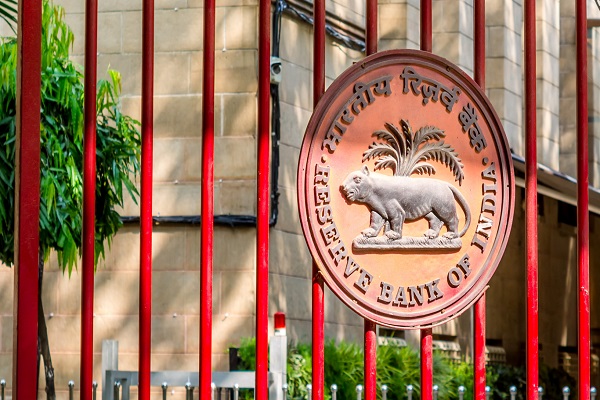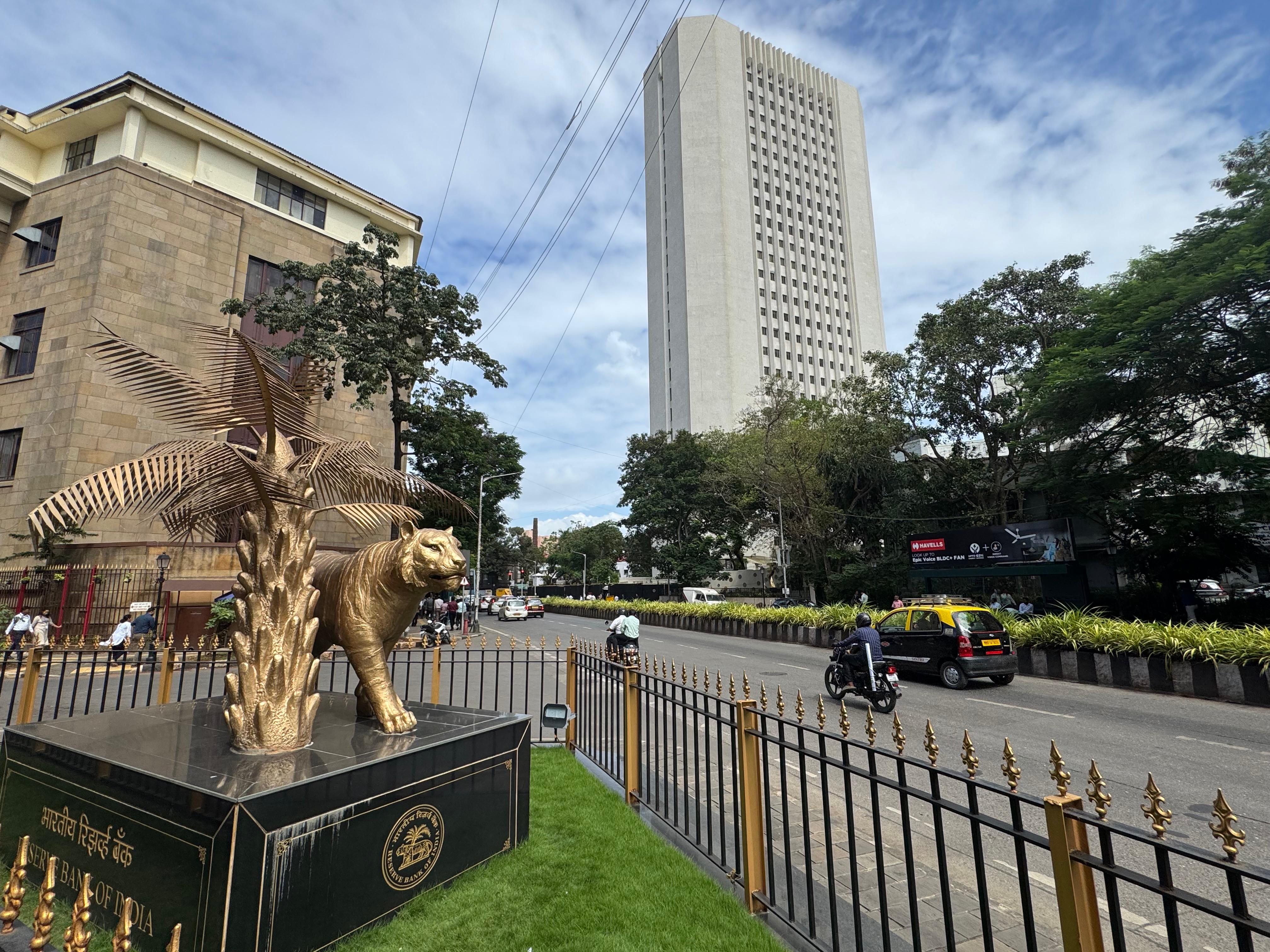.png)
Yield Scribe is a bond trader with a macro lens and a habit of writing between trades. He follows cycles, rates, and the long arc of monetary intent.
November 12, 2025 at 2:54 AM IST
We are currently witnessing all-round efforts by the Reserve Bank of India to manage government bond yields, whether through on-screen buying of liquid 10-year and 15-year gilts, asking states to delay their borrowing programmes, or the central government cutting long-end bond supply by 5.5% for the October-March period. The indicative calendar for state borrowing in October-December was ₹500 billion lower than market estimates, and quarter-to-date actual state development loan borrowings are only about 62% of the indicative amount.
Yet, despite these efforts, spreads on long-end gilts over 10-year gilts and SDL spreads over similar maturities remain elevated. In fact, the 10-year versus 40-year gilt spread, at 82 basis points, is now higher than the peaks seen in July-September. SDLs remain largely avoided for fresh bank investments due to the expected large pent-up supply during January-March. Net supply to the market (net gilts plus state bonds supply minus open market purchases) in October-March is estimated at ₹7.8 trillion versus ₹6.2 trillion in April-September. Even with an estimated ₹2 trillion in OMO support, net supply is expected to increase further in the second half of the fiscal year.
This issue is not new — it has been building since April-June and accelerated in July-September. A mix of communication failures, limited understanding of demand-supply mismatches in long-end gilts and SDLs, and consistently high-duration net supply, particularly in July-September, has created the current logjam.
The weighted average maturity (WAM) of state bond supply in April-June was 16.17 years, compared with 15.19 years in the same quarter of 2024-25, and 17.06 years in July-September, versus 16.17 years a year earlier. Gross SDL supply in April-September rose to ₹5 trillion from ₹3.86 trillion a year ago. Thus, both long maturities and larger issuances contributed to wider SDL spreads over gilts. The problem was compounded by weak demand, as insurance flows remained tepid, while pension funds shifted toward equities following regulatory changes. This evolving demand-supply imbalance should have been anticipated by the issuers’ debt managers.
The RBI’s ongoing on-screen purchases have further steepened the gilt yield curve. The only securities performing are the 10-year gilts. The short end remains static, as expectations of rate cuts have faded following a pickup in economic activity after the recent GST rate cuts. The long end remains persistently offered, despite rallies in 10-year gilts. As long as the long end remains unanchored, the 10-year segment’s outperformance will be fleeting.
The RBI has been buying papers up to 15 years maturity, with most purchases concentrated in the 10- and 15-year liquid bonds. The up-to 15-year segment of the curve is trading 8-10 basis points below levels seen before cancellation of 7-year paper, while bonds with maturities beyond 30 years are trading about two basis points higher over the same period. This implies a 10-12 basis-point steepening within a week, even in the absence of long-bond auctions.
The can has merely been kicked down the road, with states asked to delay their borrowing until January-March. But that does not solve the underlying problem. Assuming total state borrowings of ₹12 trillion for the fiscal year, January-March alone will see a gross supply of around ₹4.14 trillion in state bonds, compared with ₹4.34 trillion in the last quarter of the previous fiscal year. The issue, however, lies in the spreads: 10-year SDL spreads over gilts are already at 60-70 basis points, compared with 35 basis points in November 2024. This suggests spreads can only increase from here in January-March, explaining the market’s reluctance to narrow them despite lower quarter-to-date issuance or a smaller indicative borrowing calendar.
At some point over the next two fiscal years, state bond borrowings will equal, if not exceed, the Centre’s gross borrowings. The problem is therefore likely to worsen. From a demand perspective, there are no new buyers emerging for this segment. Existing long-end investors face volatile seasonal inflows and a regulatory push toward equities. State-owned banks are sitting on large mark-to-market (MTM) losses in their held-to-maturity (HTM) portfolios on state loan investments, which are currently underwater by 30-40 basis points. With credit demand picking up, the appetite for incremental SLR investments is also diminishing.
The solution must involve either finding new investors or reducing net duration supply. OMO buybacks of state bonds would address the demand side, while states could reduce their WAMs in January-March to more manageable levels of 10-11 years, as was the norm 4-5 years back. Either the states need to shorten their weighted average maturities, or the Centre must further cut long-end supply, as investor demand has simply not kept pace. If policy makers envisage a Viksit Bharat by 2047, productivity must surely see an uptick in next 20 years and should lead to lower interest rates. Then should not the long end borrowing be replaced by shorter dated maturities of 7-10 years as rollovers in future might happen at lower rates. Hence, one or two long end government bond auction cancellations might make more impact than a lone 7-year bond cancellation of ₹110 billion.
However, both options appear unlikely in the near term. OMO buybacks in SDLs raise political questions about whether the RBI is favouring certain states, and expecting states to reduce maturities to 10-11 years is difficult when almost all are running expansive social welfare programmes with no end in sight.
To sum up, the current situation appears difficult to reverse. State loan spreads are likely to stay elevated and could widen further. Long-end gilt spreads over 10-year securities are also expected to remain high and, aside from temporary seasonal corrections during January–March, may continue to expand as supply pressures persist.




